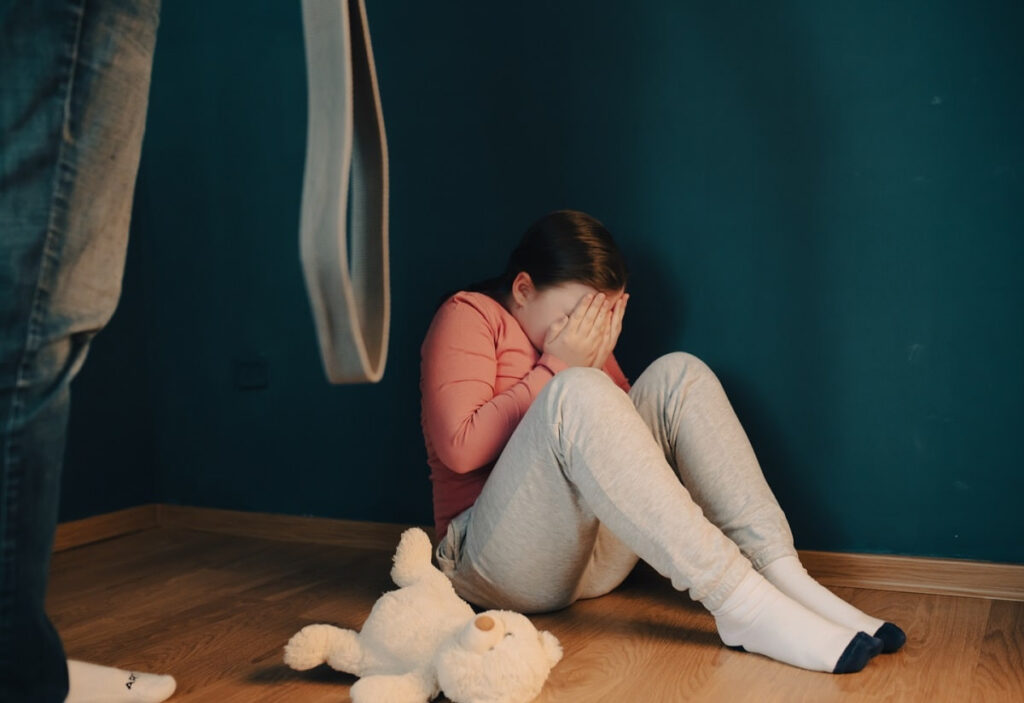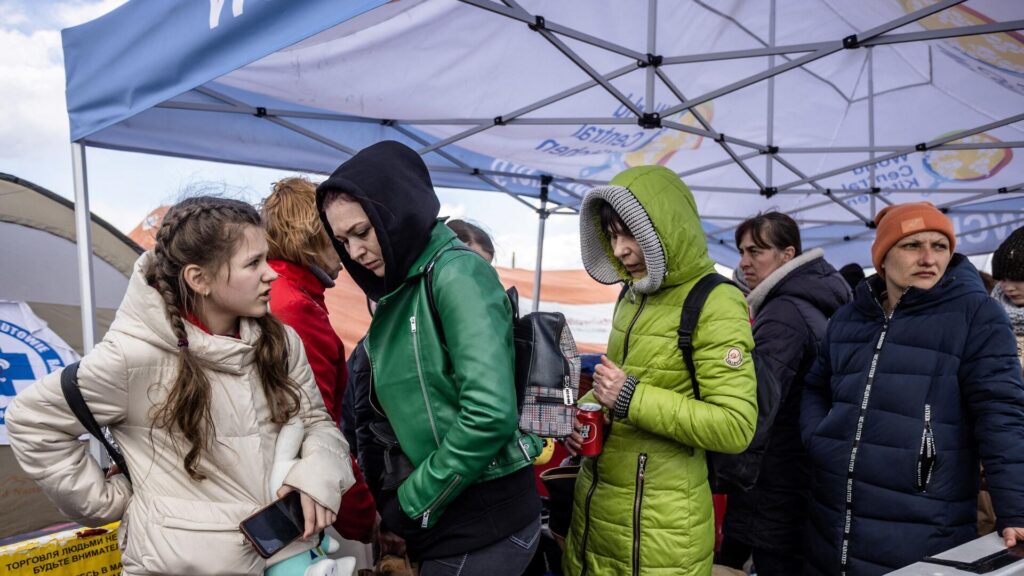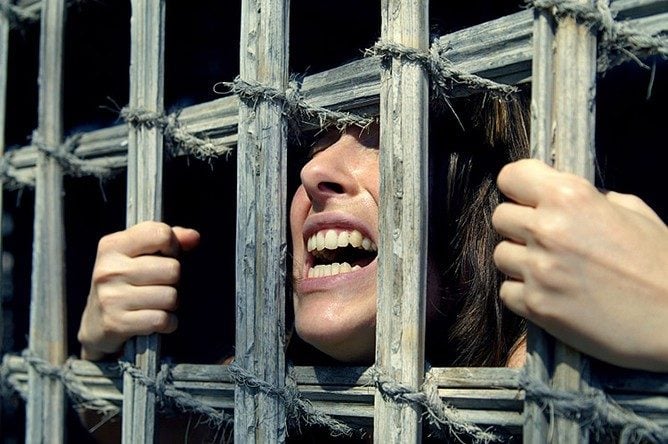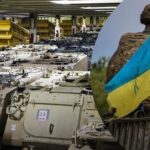According to official data, over 50 million people worldwide suffer from slavery. Experts note that the real situation is tens of times worse. The EU has decided to start changing the situation as much as possible, within which they are already preparing rules to ban goods manufactured using slave labour.
It often seems that the problem of slavery is something distant and something that one will never have to face. But official data shatter such illusions: in reality, the number of people working under compulsion is increasing annually. From 2016 to 2022 alone, the number has grown by 10 million, and since the start of the largest military conflict of recent decades – Russia’s war against Ukraine – the data has become even more horrific, though official statistics are not yet available.
The Geography of Slavery
The same is true for the geography of slavery: it is traditionally believed to be concentrated exclusively in countries of Southern Africa, Asia, etc. But modern slavery is “registered” also in European countries, Russia, and even in Ukraine itself. According to UN reports, it is encountered in all countries of the world without exception, and any ethnic and racial groups are at risk.

That is why, next week, members of the European Parliament will work on measures to combat forced labor. They will aim to ensure that goods and products made in such a way cannot generate income for exploiters.
An Attempt to Change the World
The new legislation will allow EU countries to ban the sale, import, and export of such products. Upon detection of similar goods, one of the following actions will be taken:
- removal from the market;
- recycling;
- destruction.
The companies caught in such activities will be subject to large fines. However, if a company rectifies its mistakes and eliminates forced labour from its supply chain, it may later return to operation.
Beggar or Sex Worker?
Modern slavery is not only about human trafficking. Its manifestations include:
- sexual exploitation;
- labour exploitation;
- coercion into begging;
- involvement in crimes;
- use in armed conflicts;
- organ harvesting and others.
The largest percentage of “slaves” are women and children. Since the start of the war in Ukraine, the phenomenon of slavery has significantly increased. It is most often organized during evacuation and resettlement in so-called “refugee centres,” where, in reality, slaves are held.

Many Ukrainians also face financial difficulties due to the destruction of Ukraine’s economy and industry by Russia, so they seek employment abroad. The moment of transportation and providing housing is the most risky.
Naive Desperadoes
A recent study showed that 1% of Ukrainians are willing to hand over their passport to an employer while working abroad, and 3% when getting a job in Ukraine (because they feel more protected in their own country).

According to the Secretary General of the OSCE, less than 1% of victims are identified. This in turn means that criminals involved in such business remain unpunished in 99% of cases. Over the last 15 years, profits from human trafficking have increased fivefold, indicating the scale of the issue.
That is why everyone must be aware of this threat as Europe begins a decisive battle against such a “plague” of our times.


